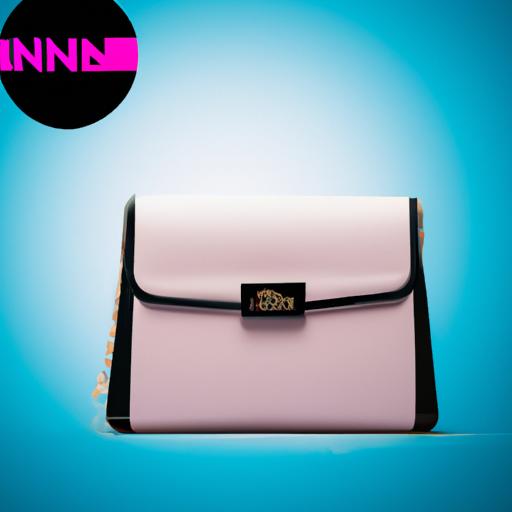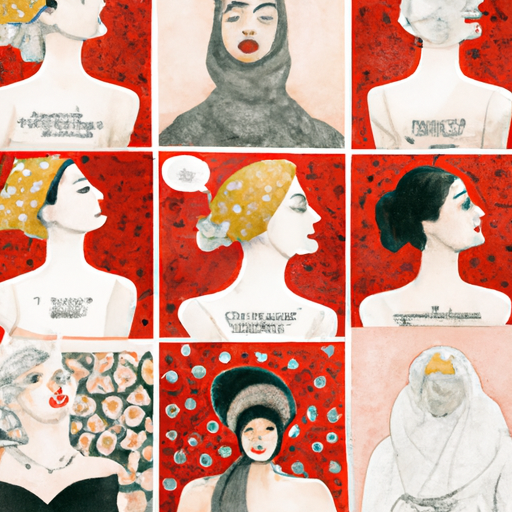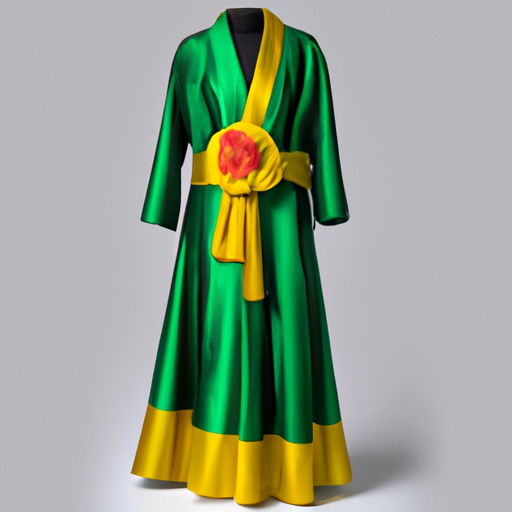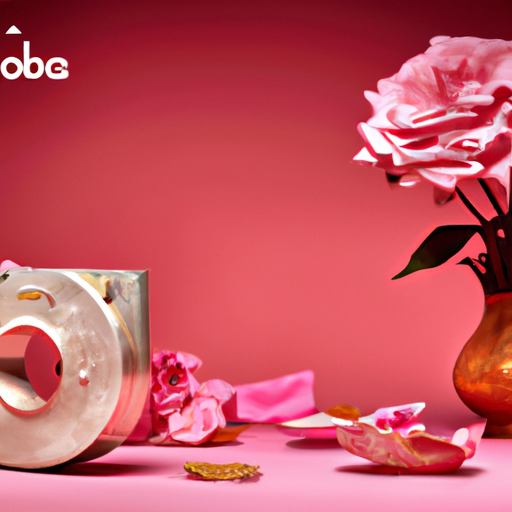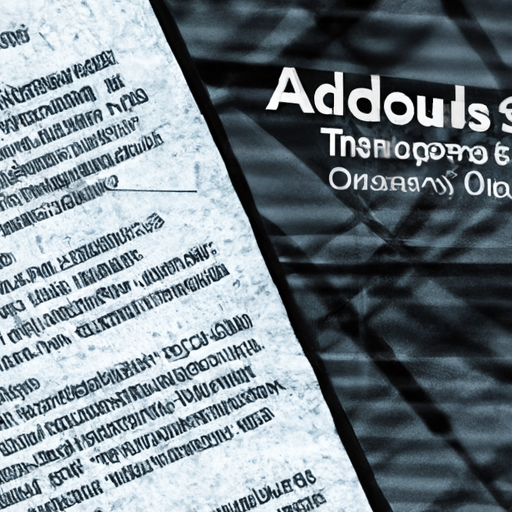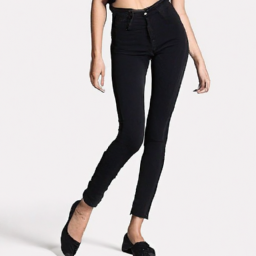Italian Fashion Trends
Italy has long been hailed as a global fashion capital, synonymous with style and sophistication. From Milan to Rome, this Mediterranean country has graced the runways with its exquisite tailoring, luxurious fabrics, and timeless designs. In this article, we will explore the enduring charm of Italian fashion trends, from the iconic red-soled heels to the effortlessly chic tailored suits. Get ready to immerse yourself in the world of Italian fashion and discover the secrets behind its enduring allure.
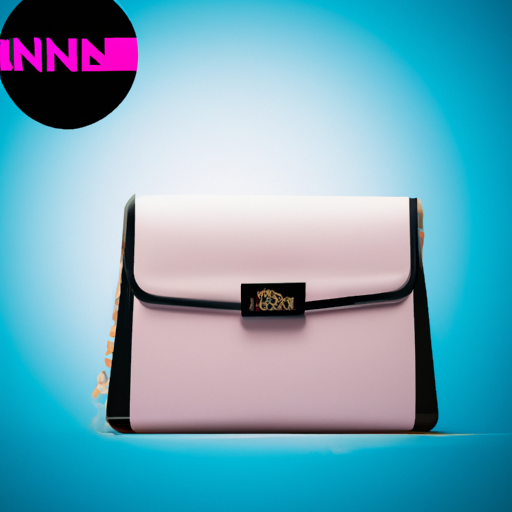
Table of Contents
Historical Influence on Italian Fashion
Renaissance Era
Italy’s historical influence on fashion dates back to the Renaissance era, where the country’s rich art, culture, and noble patronage led to the development of elaborate and luxurious clothing. During this period, Italian fashion was marked by intricate details, opulent fabrics, and a focus on elegance. This era saw the birth of the Italian fashion industry, with Florence as its epicenter. Italian designers brought forth innovations in tailoring, introduced new fabrics, and developed techniques that are still used today.
Baroque and Rococo Period
The Baroque and Rococo periods in Italy further contributed to the evolution of Italian fashion. Baroque fashion was characterized by extravagance, with elaborate embellishments, voluminous silhouettes, and rich colors. Rococo, on the other hand, shifted towards lighter fabrics, pastel colors, and delicate ornamentation. Italian fashion during this time emphasized femininity, delicate aesthetics, and a taste for luxury, setting the stage for the sophistication and elegance that would become synonymous with Italian fashion.
The Influence of Milan
Milan, considered the fashion capital of Italy, has played a significant role in shaping Italian fashion. It became a leading center for fashion during the 19th century, with the rise of the textile and manufacturing industries. Milanese fashion designers took inspiration from the city’s rich heritage in art, architecture, and culture, creating a unique blend of tradition and modernity. The influence of Milan can be seen in the sleek tailoring, impeccable craftsmanship, and minimalist designs that have become quintessentially Italian.
Biggest Italian Fashion Brands
Gucci
Gucci is one of the biggest names in Italian fashion, renowned worldwide for its innovative designs, craftsmanship, and luxury. Founded in Florence in 1921 by Guccio Gucci, the brand has become synonymous with Italian elegance and has revolutionized the fashion industry with its iconic products, including the GG logo, the Bamboo bag, and the famous horsebit loafers. Gucci’s ability to reinvent itself while staying true to its heritage has solidified its position as a leading Italian fashion brand.
Prada
Prada, founded by Mario Prada in Milan in 1913, is celebrated for its avant-garde designs, blending contemporary and traditional elements. The brand’s minimalist and clean aesthetic, coupled with its focus on high-quality craftsmanship, has made it a coveted name in the fashion industry. Prada’s iconic nylon backpack skyrocketed the brand to fame, and it has since expanded its product offerings to include ready-to-wear, footwear, and accessories. Prada continues to set trends and push boundaries in the world of fashion.
Versace
Versace, founded by Gianni Versace in 1978, is internationally recognized for its bold and vibrant designs. The brand’s daring use of color, provocative prints, and revealing silhouettes have become synonymous with Italian glamour. Versace’s Medusa logo has become an instantly recognizable symbol of luxury and opulence. The brand’s commitment to opulent craftsmanship, coupled with its innovative designs, has made it a powerhouse in the global fashion scene.
Valentino
Valentino, established in Rome in 1960 by Valentino Garavani, is synonymous with timeless elegance and sophistication. The brand’s signature red dresses and intricate lacework have captivated fashion enthusiasts for decades. Valentino’s meticulous attention to detail, impeccable craftsmanship, and use of luxurious fabrics have cemented its place as one of the most esteemed Italian fashion houses. From red carpet gowns to tailored menswear, Valentino continues to set the bar high for elegance and luxury.
Armani
Armani, founded by Giorgio Armani in Milan in 1975, has become a global icon of Italian fashion. Known for its clean lines, neutral color palette, and understated elegance, Armani offers a refined and timeless aesthetic. The brand’s tailored suits, effortless silhouettes, and refined simplicity have made it a go-to choice for both formal and casual attire. Armani’s ability to bridge the gap between classic and modern styles has solidified its status as a key player in the world of Italian fashion.
Italian Fashion Weeks
Milan Fashion Week
Milan Fashion Week is one of the most highly anticipated events in the fashion industry. Held twice a year, the event showcases the latest collections from renowned Italian fashion houses as well as up-and-coming designers. Milan Fashion Week is known for its high production value, star-studded guest lists, and innovative runway shows. Fashion enthusiasts and industry professionals flock to Milan to witness the creativity and craftsmanship Italian designers have to offer.
Rome Fashion Week
Rome Fashion Week, also known as AltaRoma, showcases the best of Italian fashion and celebrates the country’s rich cultural heritage. The event features a mix of established and emerging designers, highlighting the diverse talent in Italy. Rome Fashion Week goes beyond traditional runway shows, often incorporating exhibitions, presentations, and cultural events that pay homage to the historic and artistic significance of the city. The event provides a platform for young designers to showcase their work and contribute to the rich tapestry of Italian fashion.
Florence Fashion Week
Florence, with its rich artistic and cultural heritage, is the ideal setting for Florence Fashion Week. This event celebrates the intersection of fashion, art, and craftsmanship. Florence Fashion Week showcases the craftsmanship of local artisans, heritage fashion brands, and emerging designers. The event is known for its focus on sustainable fashion, promoting ethical practices and showcasing the beauty of locally produced garments. Florence Fashion Week allows visitors to immerse themselves in the world of Italian fashion while appreciating the city’s rich history and artistic legacy.
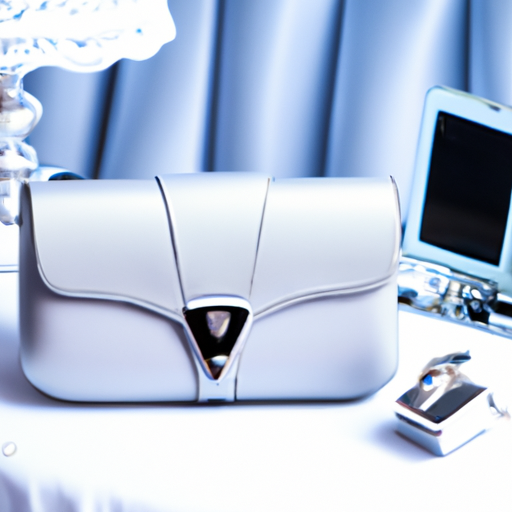
Italy’s Contribution to Haute Couture
Made in Italy: The Art of Tailoring
Italian fashion has long been synonymous with impeccable tailoring and craftsmanship. Made in Italy is not just a label but a mark of quality and expertise. Italian tailors are renowned for their attention to detail, precision in measurements, and ability to transform fabrics into works of art. The country’s tradition of tailoring has shaped the global fashion industry, with Italian techniques being emulated and appreciated worldwide. From perfectly fitted suits to flawlessly draped gowns, Italian tailoring remains unparalleled.
Luxury Textiles: From Silk to Leather
Italy is known for its exquisite textiles, from the finest silks to luxurious leathers. The country has a long-standing history of producing high-quality fabrics, often sourced from local mills and regions. Italian silk is particularly revered for its lustrous sheen and soft texture, creating garments that drape effortlessly and exude elegance. Leather, another prized Italian textile, is meticulously crafted into luxurious accessories, including bags, shoes, and jackets. Italy’s expertise in textile production and the use of top-notch materials have been instrumental in shaping the luxury fashion industry.
Elegance in Design: The Italian Touch
Italian fashion is characterized by its inherent sense of elegance and sophistication. Italian designers have a knack for creating designs that are simultaneously timeless and modern, emphasizing clean lines, effortless silhouettes, and attention to detail. The Italian touch often incorporates elements of understated luxury, a focus on quality materials, and a celebration of femininity and masculinity. This unique approach to design has made Italian fashion a benchmark of style and elegance in the global fashion industry.
Influence of Italian Cinema on Fashion
Fellini’s Grandeur
The films of Federico Fellini, one of Italy’s most celebrated directors, have had a profound influence on fashion. Fellini’s visually stunning and imaginative films became a source of inspiration for fashion designers around the world. His films, such as “La Dolce Vita” and “8 ½,” showcased extravagant costumes, opulent sets, and flamboyant characters. Fellini’s grandeur and ability to blend reality and fantasy captured the imagination of fashion designers, influencing their creations and paving the way for more daring and avant-garde designs.
Sophia Loren’s Iconic Style
Sophia Loren, the iconic Italian actress, is renowned not only for her talent but also for her impeccable style. With her hourglass figure, sultry gaze, and innate elegance, Loren became a fashion icon in the 1950s and 1960s. Her glamorous red carpet gowns, figure-hugging dresses, and classic beauty cemented her status as a symbol of Italian allure. Loren’s influence on fashion transcended borders, inspiring women around the world to embrace their curves and radiate confidence through their personal style.
Dolce Vita: The Quintessential Italian Look
The term “Dolce Vita” refers to the glamorous and carefree lifestyle depicted in Italian cinema, particularly in the films of the 1960s. This era became synonymous with stylish attire, luxurious living, and a carefree attitude. The Dolce Vita look includes tailored suits for men, elegant dresses for women, oversized sunglasses, and statement accessories. The impact of the Dolce Vita era on fashion can still be seen today, with its timeless appeal and emphasis on elegance and sophistication.
Classic Italian Fashion Staples
Tailored Suits and Blazers
Italian fashion is renowned for its tailored suits and blazers, which epitomize elegance and sophistication. Italian tailors excel in creating garments that perfectly fit the body, enhancing the wearer’s silhouette and exuding confidence. Whether it’s a classic black suit or a vibrant-colored blazer, Italian tailoring adds a touch of refinement to any outfit. The attention to detail, precision in measurements, and use of high-quality fabrics make Italian suits and blazers a timeless staple in both formal and casual attire.
Timeless Leather Jackets
Italian leather jackets are coveted worldwide for their impeccable quality and timeless appeal. Crafted from the finest Italian leather, these jackets are meticulously designed to accentuate the body while providing warmth and durability. From classic moto styles to sleek bomber jackets, Italian leather jackets add a touch of edginess and sophistication to any outfit. The craftsmanship and attention to detail in Italian leather jackets ensure that they will remain a staple in fashion for years to come.
Meticulously Crafted Shoes
Italian footwear is renowned for its craftsmanship, quality, and attention to detail. From iconic brands such as Salvatore Ferragamo to artisanal shoemakers in small Italian villages, Italian shoes encompass a wide range of styles and designs. Whether it’s elegant heels, classic loafers, or stylish sneakers, Italian shoes are known for their comfort, durability, and exquisite craftsmanship. The use of high-quality materials and traditional shoemaking techniques make Italian footwear a symbol of luxury and style.
Luxurious Silk Scarves
Italian silk scarves are a timeless accessory that adds a touch of elegance and sophistication to any outfit. Made from the finest silk, these scarves are known for their softness, vibrant colors, and intricate patterns. Italian silk scarves can be worn around the neck, tied onto handbags, or even used as a headscarf, adding a pop of color and style to any ensemble. The versatility and luxurious feel of Italian silk scarves have made them a classic accessory and a must-have for fashion enthusiasts worldwide.
Statement Handbags
Italian handbags are renowned for their craftsmanship, attention to detail, and luxurious materials. From iconic designs by fashion giants such as Gucci and Prada to artisanal creations by independent designers, Italian handbags encompass a wide range of styles and aesthetics. Whether it’s a structured tote, a chic crossbody, or a whimsical clutch, Italian handbags are crafted to perfection. The use of high-quality leather, the intricate stitching, and the iconic designs make Italian handbags a symbol of elegance and sophistication.
Contemporary Italian Fashion Trends
Bold Prints and Patterns
Contemporary Italian fashion embraces bold prints and patterns, adding vibrancy and playfulness to traditional designs. From vibrant florals to geometric motifs, Italian designers are not afraid to experiment with colors and patterns. Bold prints can be seen on dresses, blouses, trousers, and accessories, adding a sense of uniqueness and individuality to any outfit. Italian fashion encourages self-expression and celebrates the joy of experimenting with different prints and patterns to create eye-catching looks.
Vibrant Colors
Italian fashion is known for its vibrant color palette, filled with rich and saturated hues. From bold reds to vibrant yellows, Italy’s love for color is evident in every aspect of fashion. Italian designers use colors to evoke emotions and create visual impact. Whether it’s a monochromatic look or a mix of contrasting shades, vibrant colors add energy and personality to Italian fashion. Embracing vibrant colors allows individuals to express their own style and exude confidence.
Oversized Accessories
Oversized accessories have become a popular trend in Italian fashion, adding drama and flair to any outfit. Oversized sunglasses, statement earrings, and chunky necklaces make a bold statement and draw attention to key features. Italian fashion embraces the idea of making a statement through accessories, allowing individuals to showcase their unique style and personality. Oversized accessories create a sense of balance and proportion, adding an element of playfulness and extravagance to any outfit.
Sheer and Lace Details
Sheer and lace details have become a prominent trend in Italian fashion, adding a touch of sensuality and femininity. Italian designers incorporate sheer fabrics and delicate lace into dresses, blouses, and even outerwear. These ethereal details create a subtle allure, revealing glimpses of skin while maintaining elegance and sophistication. Sheer and lace details add a romantic and whimsical element to Italian fashion, allowing individuals to embrace their femininity and showcase their personal style.
Athleisure with an Italian Twist
Athleisure, the fusion of athletic and leisurewear, has gained popularity in Italian fashion. Italian designers have put their unique twist on this trend, incorporating luxurious fabrics, bold prints, and sophisticated silhouettes. Italian athleisure embraces comfort without compromising on style, allowing individuals to seamlessly transition between gym workouts and everyday activities. The Italian twist on athleisure exudes elegance, elevating sportswear-inspired pieces to a whole new level of fashion-forwardness.
Italian Street Style
Effortless Chic
Italian street style is synonymous with effortless chic. Italians have an innate ability to effortlessly combine pieces, creating stylish and polished looks that appear effortless. The key to Italian street style is a balance between comfort and sophistication. Italians favor well-tailored pieces, clean silhouettes, and classic styles, often adding a touch of uniqueness through accessories or unexpected combinations. Italian street style exudes confidence and an understated elegance that is both timeless and effortlessly cool.
Mixing High and Low Fashion
Italian street style is characterized by the art of mixing high-end designer pieces with affordable and accessible fashion. Italians are adept at combining high-end luxury items with more budget-friendly pieces, creating unique and personalized looks. This approach allows individuals to express their personal style without breaking the bank. Mixing high and low fashion showcases creativity, individuality, and a knack for blending different aesthetics seamlessly.
Great Attention to Detail
Italian street style places great importance on attention to detail. Italians pay meticulous attention to every aspect of their outfit, from the choice of fabric to the accessorizing. Whether it’s a well-fitted blazer, an impeccably tied scarf, or perfectly polished shoes, Italian street style is all about the minute details that make a significant impact. Paying attention to even the smallest details demonstrates a commitment to personal style and a love for fashion.
Sustainable Fashion Initiatives in Italy
Fashion Revolution
Italy has been actively involved in the fashion revolution, a global movement that aims to promote sustainability, ethical practices, and transparency in the fashion industry. Italian designers, brands, and consumers have embraced the principles of the fashion revolution, advocating for responsible production, fair wages, and environmental consciousness. Sustainability is no longer a trend but an essential aspect of Italian fashion, contributing to a more ethical and environmentally friendly industry.
Ethical and Local Production
Italian fashion has made significant strides in promoting ethical and local production. Recognizing the importance of fair wages and safe working conditions, many Italian brands have prioritized ethical sourcing and production. Artisanal craftsmanship is highly valued and celebrated, supporting local communities and preserving traditional techniques. By embracing ethical and local production, Italy is leading the way in creating a more sustainable and socially responsible fashion industry.
Eco-Friendly Materials
Italian fashion has embraced the use of eco-friendly materials as part of its commitment to sustainability. From organic cotton to recycled fabrics, Italian designers have sought innovative solutions to reduce the environmental impact of fashion. Eco-friendly materials not only minimize waste and pollution but also offer new possibilities in terms of texture, durability, and design. Italian fashion’s focus on eco-friendly materials highlights the importance of conscious consumption and a more circular approach to fashion.
The Influence of Italian Fashion in the Global Fashion Industry
Italian Designers at International Fashion Weeks
Italian fashion designers have a strong presence at international fashion weeks, showcasing their creativity, craftsmanship, and innovation on a global stage. Italian designers have influenced global fashion trends through their avant-garde designs, impeccable tailoring, and unique approach to elegance. The presence of Italian designers at international fashion weeks ensures that Italy remains at the forefront of the fashion industry, influencing the direction of fashion worldwide.
Italian Fashion Icons
Italian fashion icons have played a significant role in shaping the global fashion industry. From iconic figures such as Sophia Loren and Audrey Hepburn to modern-day influencers like Chiara Ferragni and Gilda Ambrosio, Italian fashion icons have captivated the world with their unique style and individuality. Their ability to effortlessly combine Italian elegance with global trends has contributed to the universal appeal of Italian fashion.
Italian Fashion Education
Italy’s contribution to the global fashion industry extends beyond the work of designers and brands. Italian fashion education institutions, such as the Polimoda School of Fashion and Marketing in Florence and the Istituto Marangoni in Milan, have produced some of the most talented designers, stylists, and industry professionals in the world. These institutions foster creativity, teach technical skills, and provide a platform for emerging talent, ensuring a constant influx of fresh ideas and innovation in the fashion industry.
In conclusion, Italian fashion has a rich and storied history that has shaped the global fashion industry. From its historical influence on fashion during the Renaissance and Baroque periods to the emergence of iconic Italian fashion brands, Italy has long been recognized as a leader in the world of fashion. Italian fashion weeks provide a platform for designers to showcase their talent, while Italy’s contribution to haute couture is marked by exceptional tailoring, luxurious textiles, and an unparalleled elegance in design. Italian cinema has also played a prominent role in influencing fashion, with directors like Federico Fellini and iconic actress Sophia Loren leaving an indelible mark on the industry. Classic Italian fashion staples such as tailored suits, timeless leather jackets, and meticulously crafted shoes continue to be must-have items, while contemporary Italian fashion trends incorporate bold prints, vibrant colors, and oversized accessories. Italian street style is revered for its effortless chic and great attention to detail. Italy is also at the forefront of sustainable fashion initiatives, promoting ethical production and eco-friendly materials. The influence of Italian fashion in the global fashion industry is evident through the presence of Italian designers at international fashion weeks, the impact of Italian fashion icons, and the excellence of Italian fashion education institutions. Italy’s contribution to the fashion industry is rooted in its rich heritage, passion for craftsmanship, and unwavering commitment to elegance and style.
